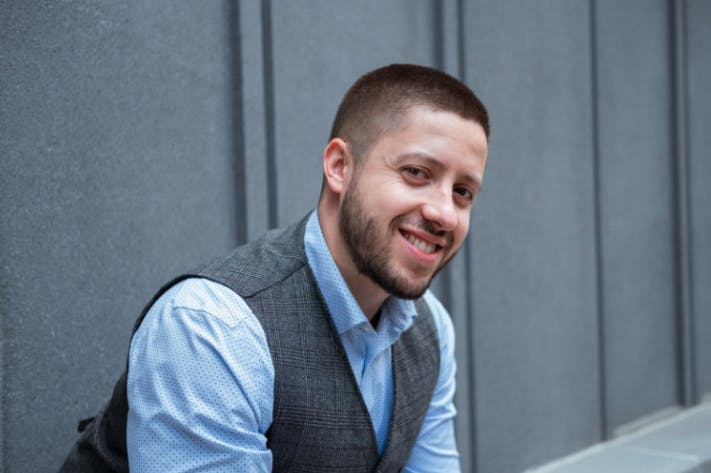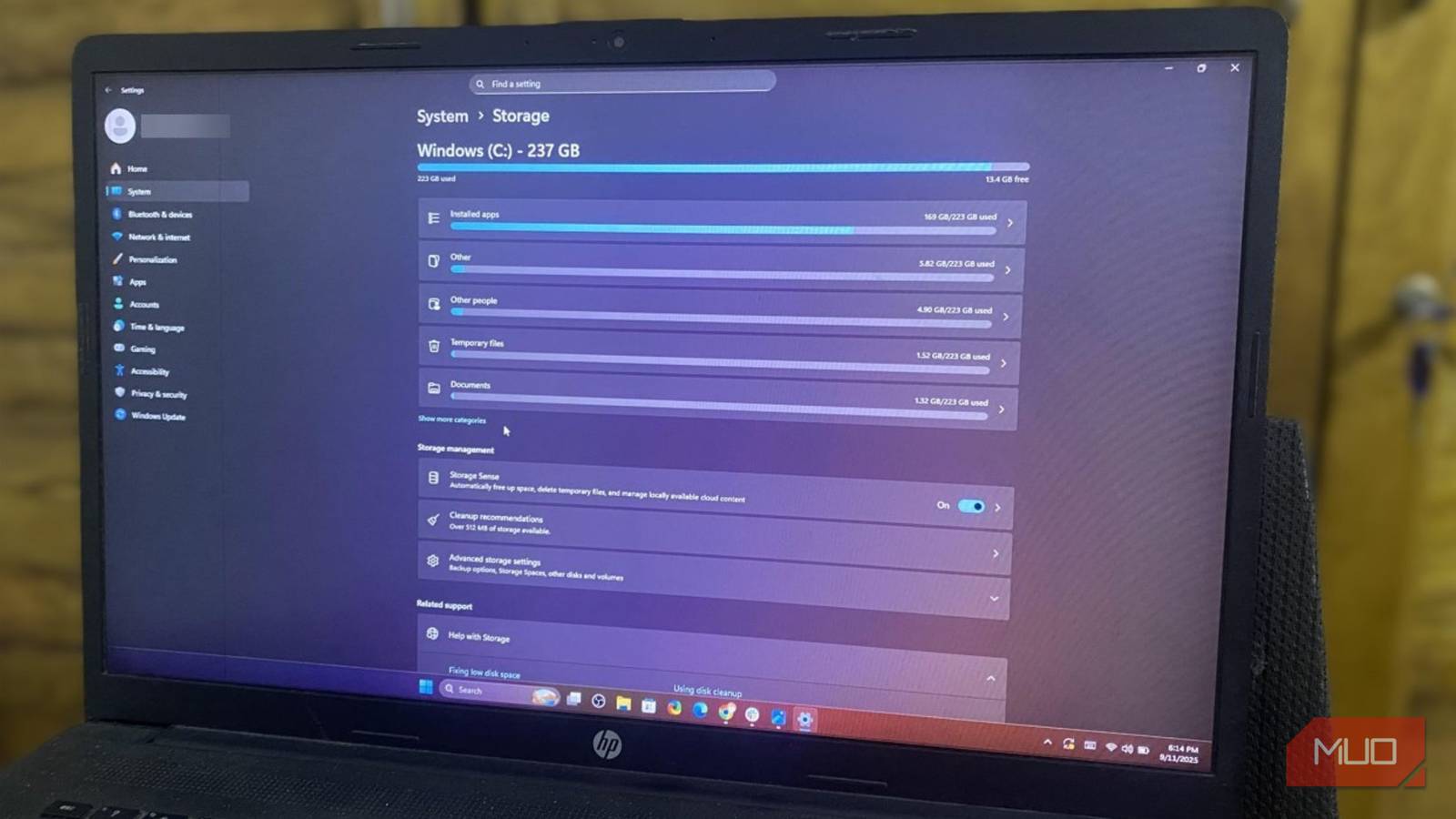Operating at the intersection of enterprise engineering and academic instruction, Maxim Khomutinnikov shows why embedded security is no longer a layer — it’s the foundation of how software must be built today
Cyber threats are growing not just in number but in sophistication. According to IBM’s 2024 Cost of a Data Breach Report, organizations with fully deployed security AI and automation saved an average of almost $1.8 million more than those without. As businesses race to protect cloud-native applications and increasingly distributed systems, the demand for integrated, proactive security has never been higher.
Drawing from the structured engineering culture of Eastern Europe and blending it with a practical, solution-oriented mindset from the U.S., Maxim Khomutinnikov brings a grounded perspective to cybersecurity and software engineering. As a professor, engineer, and researcher, he’s on a mission to embed security where it matters most: at the core of how we build software. He is a certified cybersecurity specialist, a member of IEEE — the world’s largest professional organization for technical advancement — and a candidate of the highly selective ISC2 CSSLP, which is the most globally recognized cybersecurity credentialing organization. As an Application Security Engineer at ADP and an adjunct professor at Pace University, he brings a rare dual lens of academic depth and frontline engineering. An award-winning engineer, Maxim is the creator of YouPet, the mobile platform that earned the 2025 “Product of the Year” award at the American Business Expo.
In this article, we break down five practical insights for professionals seeking to build scalable and secure systems with each lesson illustrated by Maxim’s breakthroughs.
Automation Isn’t Optional Anymore
Manual threat detection can’t keep up with today’s attack vectors. As Maxim says, “Signature-based systems just aren’t fast or flexible enough to catch today’s rapidly evolving threats. Things like zero-day exploits or social engineering attacks can change quickly, often faster than these systems can adapt,” he adds. “And in cloud environments where everything scales and shifts in real-time, manual security checks leave too many gaps.”
That’s why modern teams need security that runs automatically alongside their development tools, something that works continuously in the background, spotting issues before they become problems. Enterprises now require continuous, automated monitoring tied directly into the development lifecycle — what Maxim refers to as ‘security woven into the pipeline’ rather than bolted on at the end.
At ADP, Maxim developed and implemented continuous integrations between security platforms, enabling real-time threat intelligence sharing to ensure that internet facing applications are protected from malicious adversaries through rapid blocking. Additionally, Maxim developed and deployed recurring automations to ingest and evaluate enterprise-wide security risk states and indicators for prioritization and targeted messaging to product owners and development teams to streamline risk reduction across the entire firm via improved awareness of security program adoption and finding remediation. As a result, his methods not only improved the organization’s overall security posture but also allowed them to receive notifications about the status of their products and what needs to be fixed.
Secure Thinking Improves Legacy Systems Too
Not all cybersecurity innovation happens in tech startups or Fortune 500 firms. Sometimes, the most impactful upgrades take place in social and, therefore, well-funded public systems. During his time with the New York City Department of Sanitation, Maxim supported the modernization of internal digital workflows.
By crafting optimized SQL queries and implementing data normalization techniques, Maxim improved database performance and reliability. He then automated critical workflows by integrating prepared datasets into ServiceNow, using JavaScript and built-in APIs such as Glide Record and Glide Ajax to trigger asset request submissions without manual input. These changes boosted overall productivity by 75% and helped the department reduce the lag between service requests and execution.
“Working in public infrastructure opened my eyes,” Maxim recalls. “You’re not just solving technical issues — you’re dealing with systems that impact thousands of workers and residents. It’s humbling, and it made me realize how much value even small improvements can bring when resources are tight.”
His ability to implement these improvements stems from a cross-stack technical perspective, sharpened through the DevOps certification and the certificates of Programming with JavaScript and Full Stack Development from Meta, which refined his skills in secure deployment automation even within large, process-driven public environments.
This case demonstrates that secure thinking and process-aware automation don’t just serve the private sector; they have tangible benefits in government, too. When security principles intersect with real-world inefficiencies, the result is improved data hygiene, enhanced workflows, and increased public trust.
AI is Changing the Way We Defend Applications
Automation and encryption lay the groundwork, but emerging threats demand smarter systems — ones that can adapt and learn.
As software systems grow in complexity and threats become more dynamic, traditional security methods often struggle to keep pace with these evolving threats. This is where artificial intelligence is beginning to reshape the cybersecurity landscape, offering the ability to detect and respond to anomalies in real-time, at a scale and speed humans alone can’t match.
So, in his research on adaptive web application firewalls (WAFs), Maxim is researching the integration of artificial intelligence agents in a dynamic web firewall to increase the adaptability of application protection. His upcoming paper explores this architecture, with future plans to develop a functional system. The model incorporates user behavior profiling through incoming request and server response patterns, enhanced by statistical analysis and anomaly detection. Using reinforcement learning, the AI agents learn to distinguish between legitimate and suspicious actions over time.
The research demonstrated a detection accuracy of up to 99%, with minimal false positives, which is a critical balance for practical deployment. He also proposed a phased rollout approach, starting with monitoring and gradually enabling active blocking, all while integrating the system with DevSecOps pipelines. The study addressed potential risks including resource consumption, data privacy, and adversarial manipulation. His work has since informed internal DevSecOps testing strategies and sparked interest in scalable WAF enhancement across enterprise teams.
“I’ve always been interested in solving problems that appear in the gap between research and real-world systems,” Maxim explains. “That’s why I’ve also looked at how graduate AI programs fall short in preparing students for industry and how monolithic software architectures hold back scalability.” His certifications — including ISC2 Certified in Cybersecurity and AWS Solutions Architect — reflect that same blend of theory and application.
Teach Security as a Mindset, Not a Module
Still, no technology can succeed without the right people behind it. And that begins with how we teach and think about security.
“Security isn’t just about code audits or vulnerability scanners. It starts with how engineers think,” Maxim is sure. At Pace University, Maxim brings this philosophy to life by guiding students through real-world projects that simulate enterprise-grade security challenges. His curriculum emphasizes not just the ‘how’ but the ‘why’ of secure practices, from configuring distributed databases and demonstrating how to securely collect and transmit data using Python-based API calls and encryption protocols. For instance, students explore how to encrypt messages when automating email dispatch. These exercises highlight the importance of embedding security at the database and architecture design stages.
As a result, several of his students have transitioned into roles at fintech firms and SaaS companies, crediting his teaching with giving them a professional edge. “Some of my students have gone on to internships at companies like Amazon or BMW North America,” Maxim shares. “But it’s never just about my course — they learn from many professors and put in serious work themselves. I just try to make sure they’re ready to explain real-world engineering problems when it matters.”
By mentoring students through capstone projects aligned with current security needs and promoting forward-thinking discussions about AI and data ethics, Maxim instills a mindset that prepares them for a constantly evolving field. His efforts contribute not only to individual student success but to raising the overall bar of cybersecurity talent entering the industry.
Beyond code, Maxim mentors students and junior engineers on secure thinking. He believes that security isn’t just a checklist; it’s a cultural shift. He reinforces this through capstone projects, advising on AI curriculum alignment, and contributing to professional standards via the IEEE.
Even Consumer Apps Must Treat Data Like Gold
These principles aren’t limited to enterprises or academia — they hold just as true when designing software for the everyday user.
Maxim’s work at ADP focused on securing large-scale enterprise systems, but his experience translates just as well to the consumer space. When building YouPet, a comprehensive mobile platform for pet owners, he approached its architecture with the same seriousness applied in corporate environments. The app applies modern security practices — including development of encrypted API endpoints and modular access controls — a level of rigor often missing in early-stage startups. Instead of treating cybersecurity as an afterthought, the architecture prioritizes responsible data handling from the start, especially for sensitive features like health records and behavioral profiles.
“I knew from the start that features like therapy programs and adoption tools would require handling user data with care. Pet profiles, behavioral info, and even health records,” Maxim explains. “So the architecture keeps that data isolated and permissioned from the ground up. It wasn’t just about meeting technical standards; the idea was to make sure that the sensitive information is handled responsibly and respectfully.”
The success of YouPet, which won “Product of the Year” in the Mobile Applications category at the 2025 American Business Expo, demonstrates that robust security is not only possible in lifestyle apps but critical to user trust and platform growth.
For developers building consumer-facing platforms, the takeaway is clear: trust and usability depend not just on features but on how responsibly you handle user data. Good security design doesn’t just prevent breaches. It sets the tone for your entire relationship with the user.
In a world where AI-driven breaches and cloud vulnerabilities are increasing daily, the most effective defense isn’t just smarter systems – it’s smarter engineers behind them. From enterprise automation to consumer privacy, from AI-infused firewalls to future-forward classrooms, Maxim Khomutinnikov’s work shows what happens when security is treated as a mindset, not a checklist.
Security isn’t a separate track — it’s the infrastructure, the product, and the culture. And the sooner it’s embedded into how we build software, the safer the digital future becomes.










